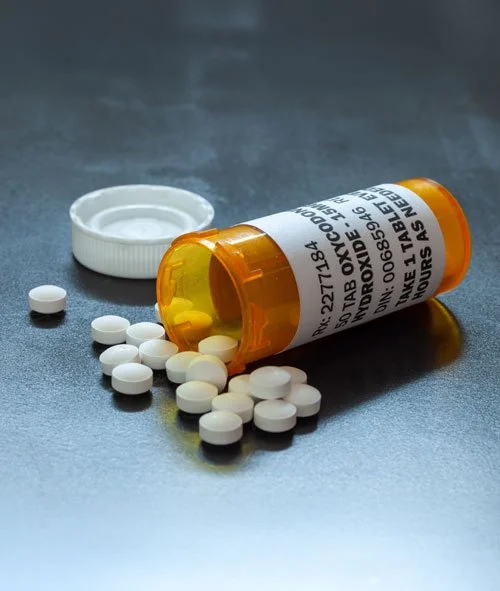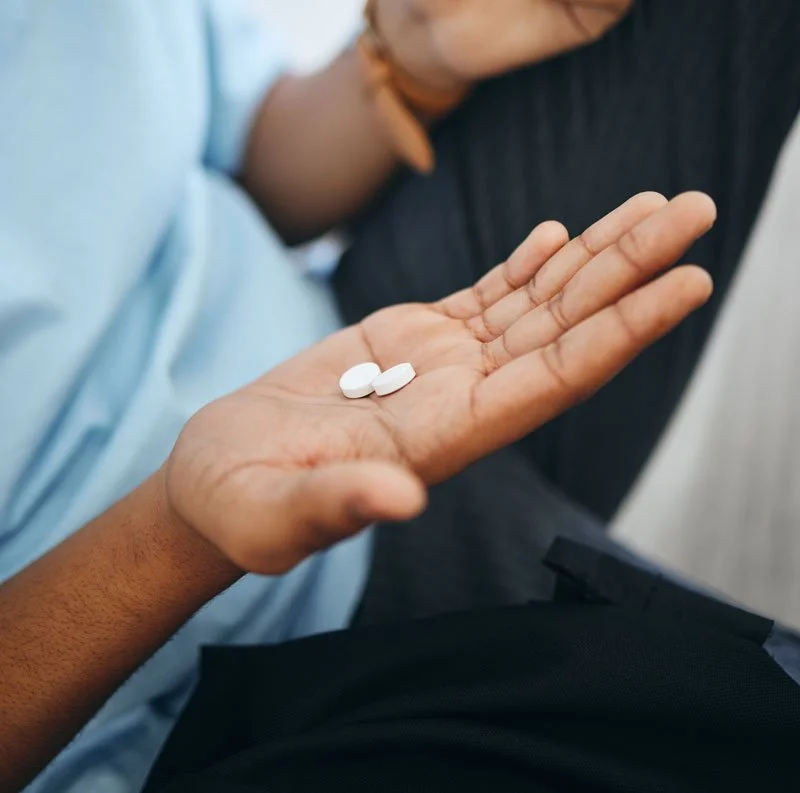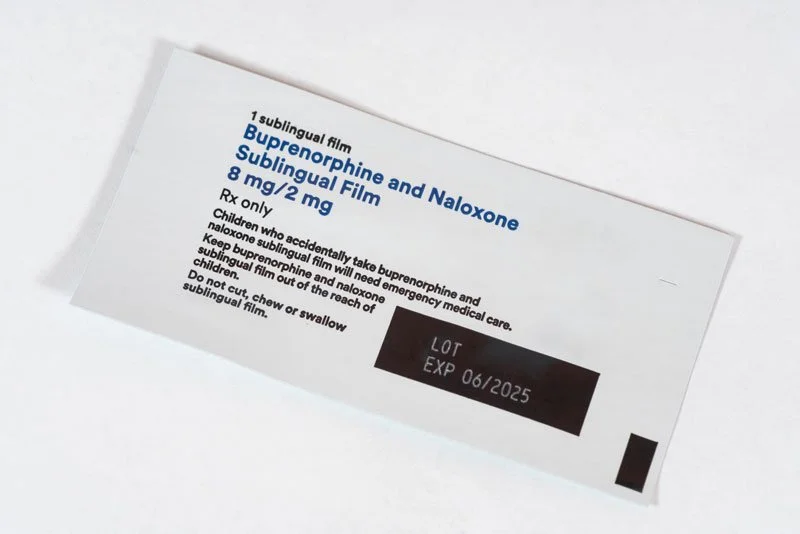Oxycodone Addiction Treatment with Suboxone
(Online Care You Can Access From Home)
Oxycodone dependence can sneak up quietly, especially when it starts with a legitimate prescription. If you're trying to cut down or stop and your body refuses to cooperate, you're not alone. This page explains how oxycodone works, why withdrawal feels so intense, and how evidence-based medications like Suboxone can help you stabilize through telehealth.
We provide online Suboxone treatment for residents of Mississippi and California.
What makes Oxycodone dependence so difficult to break?
Oxycodone is a commonly prescribed pain medication that can quickly lead to physical dependence. Even when taken as prescribed, tolerance builds. Over time, stopping suddenly can cause painful withdrawal symptoms.
Oxycodone dependence affects both the body and brain, which is why quitting isn’t simply a matter of willpower. Over time, the brain adapts to rely on oxycodone to produce feelings of calm and relief. When use stops suddenly, the nervous system goes into overdrive — leading to intense withdrawal symptoms like anxiety, muscle pain, sweating, nausea, and insomnia. Beyond the physical side, oxycodone also creates powerful psychological cravings tied to stress, routine, or emotional relief. These combined effects make it extremely difficult to stop without medical support, which is why treatments like Suboxone are so effective at easing the transition into recovery.
Common Symptoms of Oxycodone Withdrawal
Anxiety and restlessness
Nausea, vomiting, diarrhea
Muscle aches and bone-deep fatigue
Insomnia and sweats
Cravings that feel impossible to override
These symptoms are why many people struggle to stop without a medication-assisted plan.
How Suboxone Helps With Oxycodone Recovery
Suboxone combines buprenorphine and naloxone, two medications that work together to ease withdrawal and reduce cravings. It binds to the same brain receptors as oxycodone but without producing the same euphoric “high,” allowing your body and mind to stabilize while you focus on rebuilding your life.
Through an evidence-based medication-assisted treatment (MAT) plan, Suboxone can help you:
Manage withdrawal symptoms safely and comfortably
Reduce cravings and relapse risk
Restore brain chemistry disrupted by opioid use
Regain energy and focus for daily life
What Online Suboxone Treatment Looks Like
All visits are completed through secure telehealth, so people in Mississippi and California can begin treatment without traveling to a clinic.
Suboxone prescription and management
I’ll work with you to ensure your dosage is perfect and provide continuous support throughout the entire treatment process.
Virtual and phone appointments
Fit your recovery into your life. Access your treatment from the comfort of home or during a break at work with flexible virtual and phone-based appointments.
Convenient app-based care
Stay connected with your doctor, reschedule appointments, pay bills, and send or receive messages, all without disrupting your day.
Is Suboxone Right for You?
If you’ve struggled to quit oxycodone or have experienced withdrawal symptoms when trying to stop, Suboxone could be the right fit.
Your provider will review your history, symptoms, and treatment goals to create a plan that supports both your medical and emotional recovery. For many, Suboxone makes it possible to stay consistent in recovery and rebuild long-term stability.
FAQs
-
The length of treatment varies for each person. Many patients take Suboxone for several months to a year, while others benefit from longer maintenance care. Your provider will regularly assess your progress and adjust your plan based on how your body responds, your recovery goals, and your stability over time. The goal isn’t to rush the process, but to create lasting change and prevent relapse.
-
Oxycodone withdrawal shares many symptoms with other opioids, such as muscle aches, insomnia, anxiety, sweating, and nausea. However, the intensity can vary depending on how long and how much oxycodone was used. Some people experience a more gradual onset and longer duration of symptoms because of oxycodone’s extended-release forms. Suboxone helps ease these effects, making recovery safer and more manageable.
-
Yes. Suboxone is an FDA-approved medication for treating opioid dependence, including oxycodone addiction. It works by binding to the same brain receptors as oxycodone, which reduces withdrawal symptoms and cravings without producing the same euphoric effects. Combined with ongoing medical support, Suboxone allows you to stabilize, rebuild structure, and focus on recovery.
-
No. When taken as prescribed, Suboxone doesn’t cause a “high.” It partially activates opioid receptors to relieve withdrawal and cravings, but it has a built-in ceiling effect — meaning it won’t produce increasing euphoria even if more is taken. This makes it a safe and effective treatment for managing dependence while supporting clarity and normal functioning.
-
No. Our clinic offers fully online Suboxone treatment through secure telehealth appointments. You’ll meet with a licensed provider by video, receive your prescription electronically, and complete follow-ups virtually. This makes it easier to get the care you need from home, without traveling to a physical clinic or waiting in line.
-
Yes. Most patients continue working or managing daily responsibilities while taking Suboxone. In fact, one of the key benefits of medication-assisted treatment is that it helps you regain stability and focus for work, family, and personal life. Your provider will adjust your treatment plan to support your schedule and long-term recovery goals.
Start Your Recovery Today
Recovery from oxycodone addiction is possible — and you don’t have to do it alone.
Follow the steps below to get started.
Step 1
Reach out to us
Contact us by phone, email, or form. We’ll respond quickly to answer your questions and help you stop feeling trapped by opiates.
Step 2
Book a consultation
We’ll schedule your online consultation with the doctor, where you’ll get a personalized plan to stop waking up sick and start feeling in control again.
Step 3
Start your recovery
Begin the next step of your recovery, knowing you’ll have continuous support to help you find stability and freedom.









